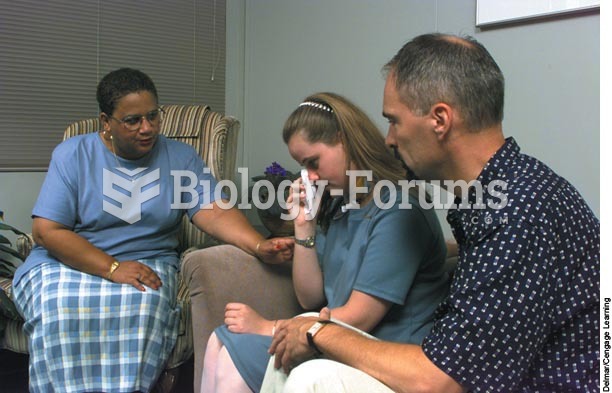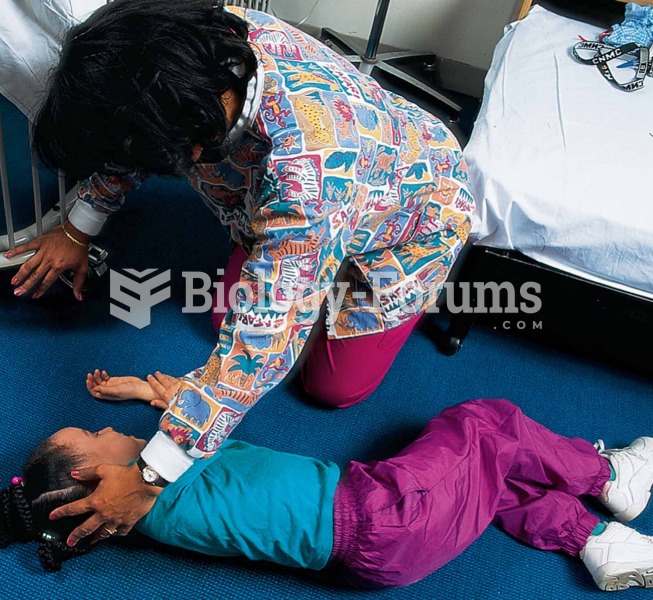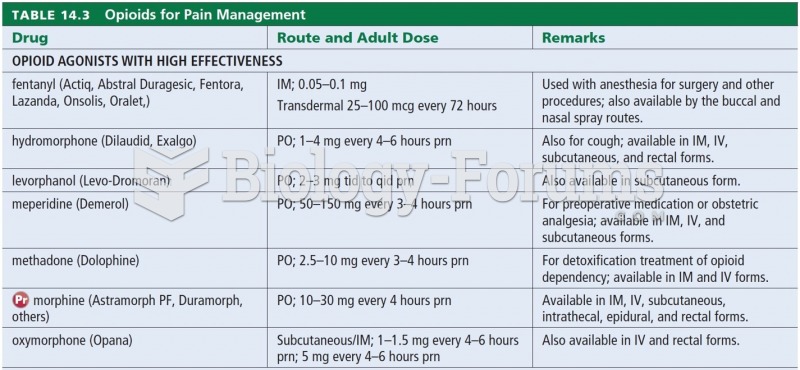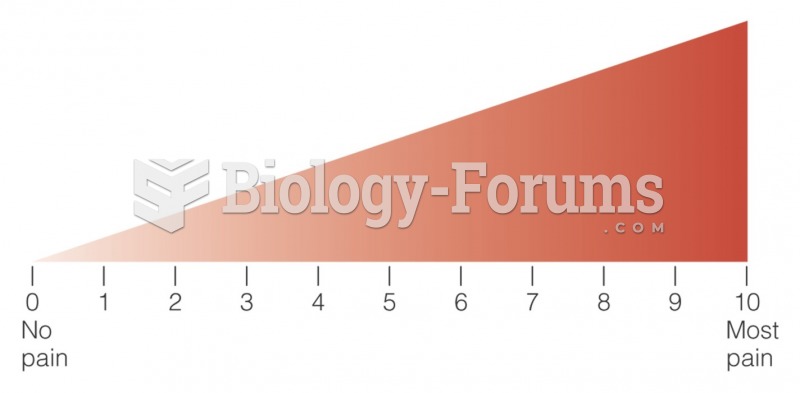This topic contains a solution. Click here to go to the answer
|
|
|
Did you know?
Pregnant women usually experience a heightened sense of smell beginning late in the first trimester. Some experts call this the body's way of protecting a pregnant woman from foods that are unsafe for the fetus.
Did you know?
In 1864, the first barbiturate (barbituric acid) was synthesized.
Did you know?
The heart is located in the center of the chest, with part of it tipped slightly so that it taps against the left side of the chest.
Did you know?
The familiar sounds of your heart are made by the heart's valves as they open and close.
Did you know?
If you could remove all of your skin, it would weigh up to 5 pounds.







